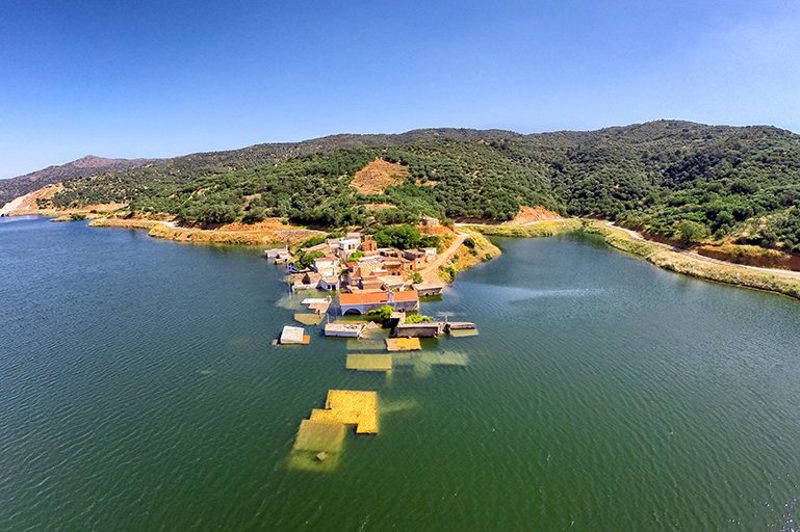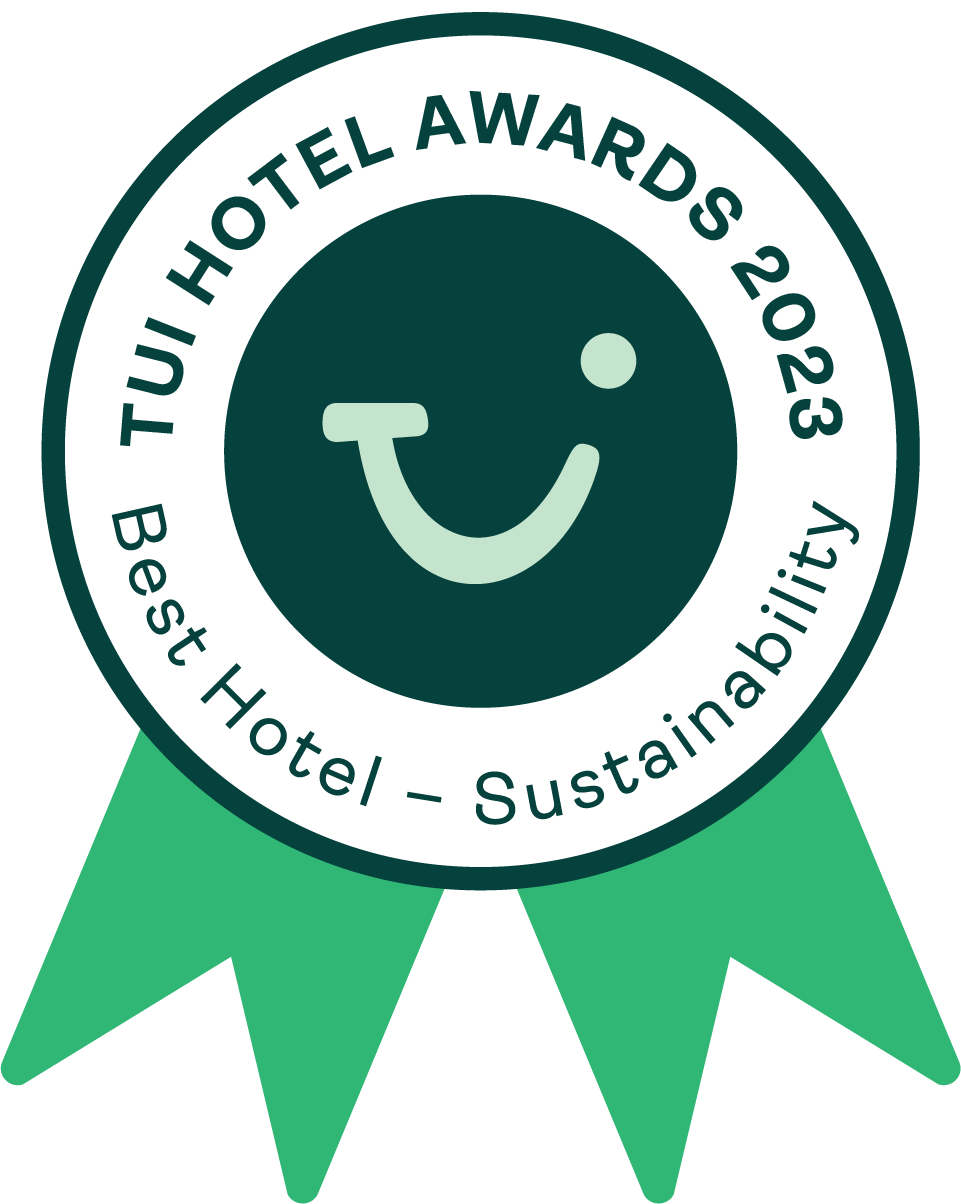
Built to satisfy the need of potable water for the northern part of Crete, Aposelemis Dam on the Aposelemis River caters to over 300 000 people in Heraklion, Hersonissos, and Agios Nikolaos, as well as rural communities in the area.
Construction works at the dam ended in 2012. The dam collects waters of the Aposelemis River, the springs of Kastamonitsa, and from the Lasithi Mountains through the Lasithi Plateau Tunnel. The dam has a water management and treatment plant that delivers an end product of superb quality, with excellent purity and better taste than some of the most popular bottled commercial brands.
Close to the villages Potamies and Avdou, Crete’s largest water supply project is more than meets the eye. Although completed relatively recently, it already took its well-deserved place amidst Cretan nature. The dam has a human-made lake, which is also the reservoir. Besides being a vital water source for residents and tourists, Aposelemis Lake is a wetland and natural habitat for all kinds of birds.
Sfentyli
The main attraction for tourists visiting this area is Sfentyli – an ancient village known locally as the “Atlantis of Crete” or the “sunken village.” Residents of the hamlet were evacuated to enable the construction of the dam. For a good reason: when the reservoir is full, the water covers the houses almost entirely, while in times of drought, the visitor can see them rising from the waves like ghosts of the past.
A tiny hamlet from the 16th century, Sfentyli is today an intriguing tourist attraction. Its name is derived from the Cretan family name Sfendilos – probably because the first inhabitants of the village bore it. The first documented mention of the community appears in 1577, in the list of Fr. Barozzi. In the Turkish census of 1671, Sfentyli had nine Christian families. By 1881, the village belonged to the Mochos municipality. Today, the ghost village still fascinates lovers of photography and travellers with a taste for the unique and unusual.
Sfentyli is an unlikely sight after heavy rainfall. Nature lovers who come at the lake for hikes will spot some of the homes, which may be totally submerged in the winter, depending on the amount of precipitation.



















